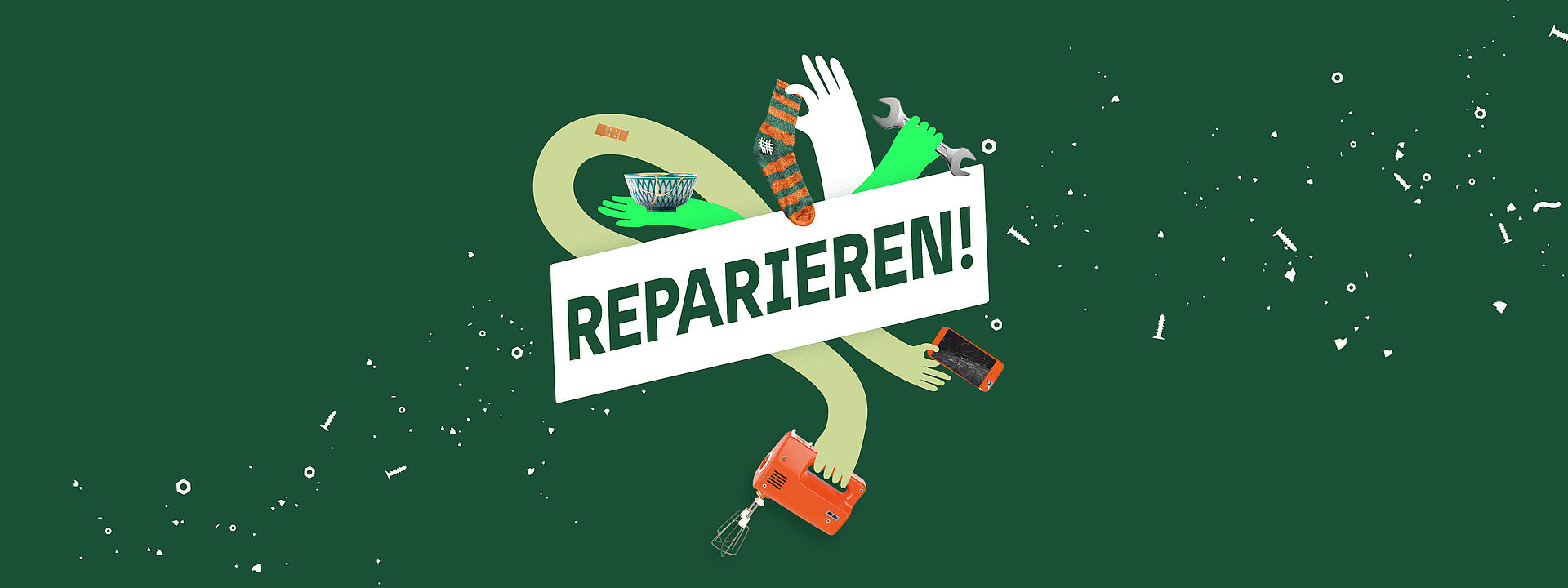Fixing things makes sense!
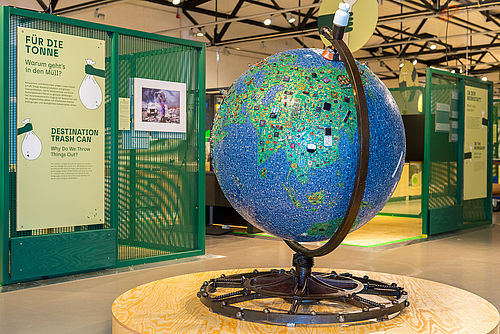
SDTB / Foto: C. Kirchner
Whether it’s a cell phone, sneaker, or bicycle, it’s always worth trying to do repairs. Every time we do, we learn how the thing works, and we also hang onto it instead of throwing it away and buying something new. Extending over 500 square meters, the special exhibition Repair! Use Don’t Lose shows how important repairing is for our throw-away society in the face of the climate crisis. Designed specifically with families in mind, the exhibition in the museum’s Ladestraße location offers a lot of participatory activities. Visitors young and old can “dive in” together in our well-equipped hands-on workshop and at interactive stations, where they can do things like darn a hole in a giant sock or fix a broken dike. This direct involvement proves it: fixing things not only makes sense but is also a lot of fun! School classes can book free repair workshops.
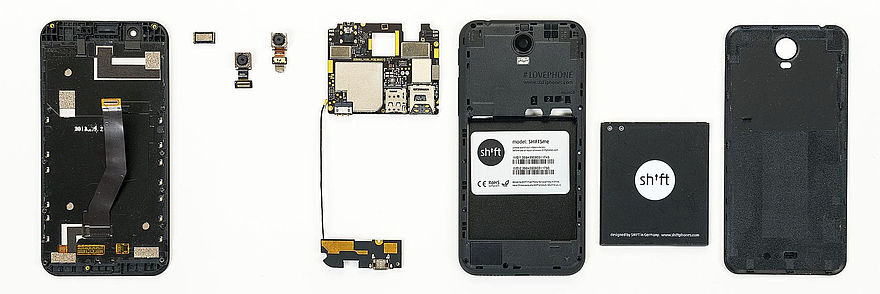
SDTB / Foto: C. Kirchner
Lived Sustainability
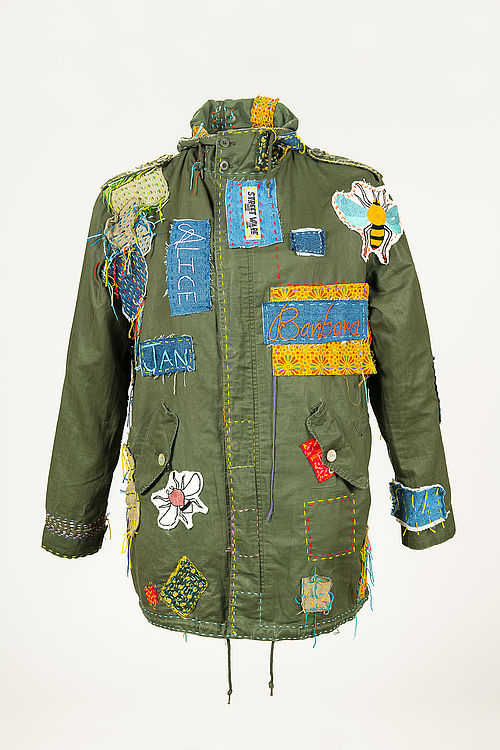
SDTB / Foto: C. Kirchner; on loan from: Purvi Dhrangadhariya, Berlin
Doing repairs is lived sustainability. Every year, a family of four in Germany throws away an average of 80 kilograms of e-waste. A trash sculpture shown in the exhibition illustrates the magnitude of this problem. It represents a world without the positive impact of repairs. But what this positive impact can look like also comes to light in the exhibition, through examples of sustainability such as an “indestructible” mixer from the time of the German Democratic Republic and a modern repair-friendly smartphone. These examples show how consumers can make choices to save resources and reduce emissions. However, it’s not just about consumer choice: politics and business also have a major obligation here. The exhibition shines a light on current developments regarding the Right to Repair.
Even a doll doctor has her preferred patients. To her, the strongest evidence of life lived to the fullest is in things that have been worn out and “loved to death.” This teddy bear has been with her since the 1990s.
SDTB / Foto: C. Kirchner; on loan from: Daniela-Rebekka Melse, Berlin
The traditional Japanese kintsugi technique is still in use today and has become popular around the world. Whether it’s a little sake carafe, a cup, or a plate, the patient and skillful attention given to the fractures makes these ceramic pieces more beautiful.
SDTB / Foto: C. Kirchner, on loan from: Satoko Toyoda, Berlin
Nylon stockings were considered luxury items until sometime in the 1970s. Runs were mended with special repair machines. With the help of a special needle and a stream of air, new nylon threads were pulled through the runs in the stockings.
SDTB / Foto: C. Kirchner
A little ABC of tools. The exhibition introduces tools from A to Z: from the simple cordless drill to pincers and all the way to the latch needle that is used to fix a run in a stocking.
SDTB/ Foto: C. Kirchner
A little ABC of tools. The exhibition introduces tools from A to Z: from the simple cordless drill to pincers and all the way to the latch needle that is used to fix a run in a stocking.
SDTB/ Foto: C. Kirchner
A little ABC of tools. The exhibition introduces tools from A to Z: from the simple cordless drill to pincers and all the way to the latch needle that is used to fix a run in a stocking.
SDTB/ Foto: C. Kirchner
(Hi)Stories of Repair
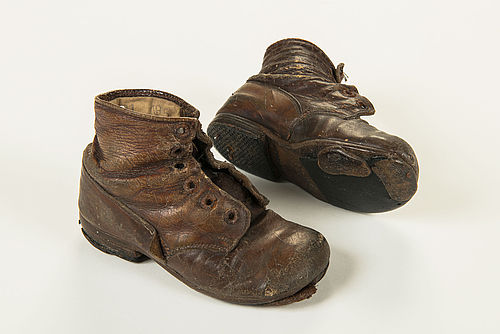
SDTB / Foto: C. Kirchner, on loan from: Industriemuseum Elmshorn
There are many exciting repair stories to be discovered in the exhibition. Extensively darned underwear and oft-patched children’s boots from the early 20th century tell of hardship and of repairs born of necessity. With the Japanese “golden repair,” it’s a different story: restored using the kintsugi technique, a tea bowl from the Edo period illustrates the great value traditionally attached to repaired objects in Japanese culture. Another example of repair comes from as far away as outer space. Here, the exciting story of the 1970 Apollo 13 mission is told, in which an improvised repair of the air filtration system saved the lives of the mission’s astronauts. Another aspect of repair comes to life when several of the exhibition’s protagonists talk about their personal experience with doing repairs. Visitors learn, for example, what you can do if your wheelchair breaks down and you’re on a pilgrimage, far away from any workshop.
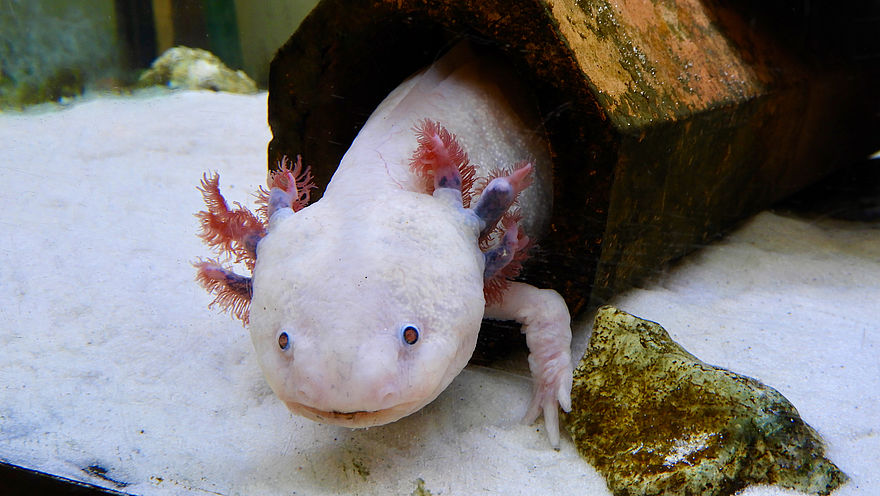
SDTB / R. Spierling
Self-Repair in Living Beings
Another inspiring subject in the exhibition is the “self-repair” that can be observed in plants, animals, and other living beings. This is why the axolotl is the mascot of Repair! The Mexican amphibian is a true master of self-repair: it is able to grow new limbs within a short time if they become severed from his body. Two live specimens of this extraordinary animal can be visited and observed in the exhibition. They are being kept in a species-appropriate manner and will subsequently find a new home in the biology station of a Berlin high school. Examples ranging from microbes to Cooper’s ice plant illustrate that self-repair is natural in plants and other living organisms, and that they can be models for technology.
Just Do It!
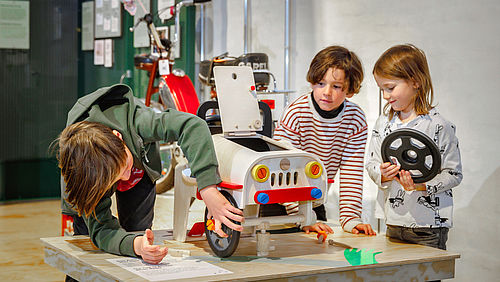
SDTB / Hattendorf
Today, many people no longer feel confident doing everyday repairs. They lack the tools or the knowledge. The exhibition invites visitors to participate in hands-on activities and rediscover repair work. In the many hands-on stations, visitors can sew on buttons, artistically refurbish tables with colorful mosaic stones, or find out which tool fits which bolt or screw. The exhibition is especially well suited to families and inter-generational groups: here, Grandma and Grandpa can teach practical skills and show their grandchildren what they are capable of. A large hands-on workshop in the center of the exhibition opens the space for new repair experiences through workshops, demonstrations, and a Repair Café. Did you already know? There are about 50 Repair Cafés in all districts of Berlin.
Programming for All Visitors
On weekends, the exhibition offers a number of opportunities to get involved. There is a monthly Repair Café, where visitors are supported in their repair efforts. There are presentations about printing spare parts with a 3D printer, and there are family workshops in which old socks and buttons can be used to make things like axolotl hand puppets.

